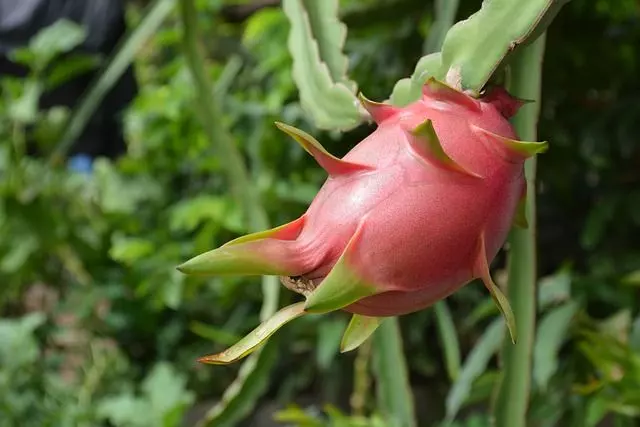Pitaya or dragon fruit is a fruit of the Cactaceae family that has become very popular in recent years for food consumption. Today we will show you how to grow dragon fruit from seeds.
Its fruit has a striking pink or yellow color, with a white, yellow, or pink pulp and, although the plant has its origin in America, it is currently cultivated in other parts of the world.
Table of Contents
How to Grow Dragon Fruit from Seeds Step by Step
Although this is not a difficult method at all, the multiplication of dragon fruit by seed germination is not the best alternative; the time it takes for a seed to later become a productive adult plant ranges from 4 years to more, depending on the species, being the seedlings quite delicate.
Follow these steps to find out how to grow dragon fruit from seeds:
1- Obtain dragon fruit seeds from ripe fruit.
With the help of a knife, open the dragon fruit in half and using a strainer separate the seeds.
2- Wash the seeds.
After we separate the seeds from the pulp, we wash them with plenty of water and let them dry in the shade for a couple of days.
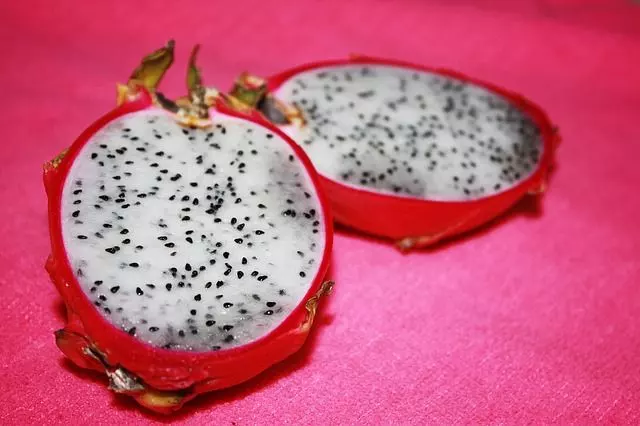
3- Prepare a sandy substrate for the cactus.
You can use: 45% mulch, 35% washed sand, and 10% peat; it is possible to get potting compounds for cacti in nurseries that are just as effective and save the work of mixing.
4- Fill ¾ parts of a small pot with the substrate.
Water abundantly until well soaked.
5- Sprinkle the seeds on the surface.
Let’s try to make it as even as possible.
6- Cover the seeds superficially with a thin layer of sand.
7- Moisten with a sprayer or spray.
8- Cover the pot with plastic film.
It is necessary to add holes to the film to allow air to pass through.
Between 4 and 6 weeks we should already notice the first sprouts, once they reach considerable size, sowing each one in separate pots.
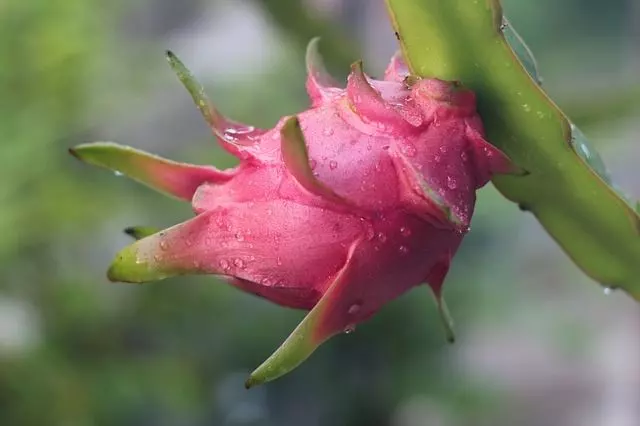
How to Grow Dragon Fruit from Seeds – Basic Care Guide
You have just learned how to grow dragon fruit from seeds, now we will explain the care it needs to grow perfectly.
Soil for Dragon Fruit Plant
It must be removed deeply so that the soil is well aerated.
All debris and large rocks must be removed, as the roots, although strong, are not very deep, so they will need to manage well the little space they will occupy.
Preferably washed sand or any type of light soil should be added to make the soil as drained as possible.
They are sowed at a distance of 3x2m: 3 meters between rows and two meters between stakes. The wooden pillars commonly used are connected by wires, rubber bands, or hoses, allowing the cactus extensions to hang down, facilitating harvesting.
How to Grow Dragon Fruit from Seeds – Sun Exposure
Dragon fruit plant (Pitaya) requires constant sun, so it is ideal to have it in places where it is exposed to the maximum amount of sun per day.
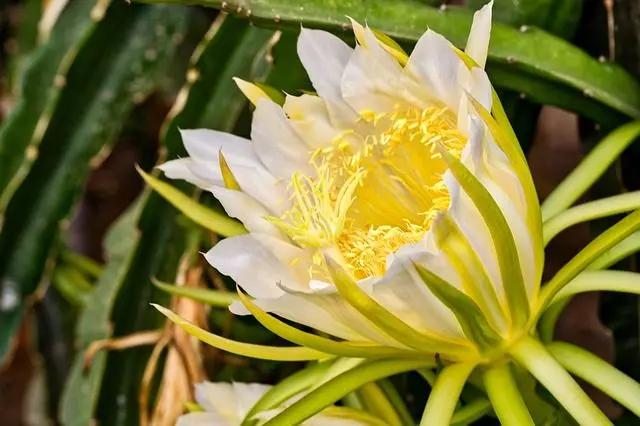
Watering Dragon Fruit Plant
Watering should be light and when the soil is dry, just to recover humidity. If it gets wet or waterlogged frequently there may be a loss.
Harvest of Dragon Fruit
The fruit is harvested at maturity, usually between 40 and 50 days after pollination has begun. The flowers usually only open during the night, impregnating a great aroma attractive to all types of insects (even those harmful to the crop).
The first harvest can be close to 2 years from a planted cutting or more, depending on climate and type.
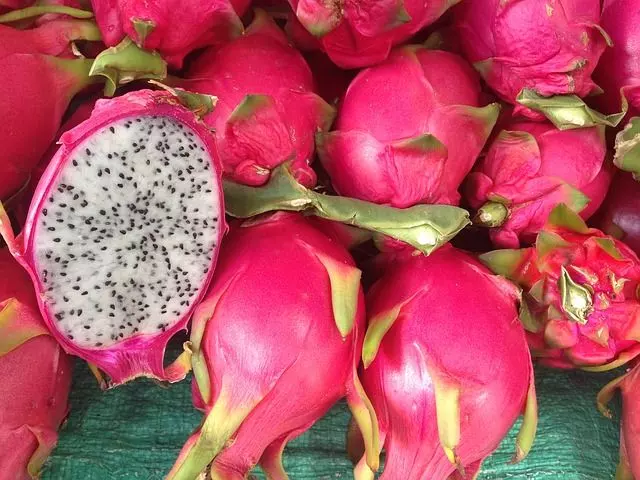
Basic Cultivation Data and Conclusions for Dragon Fruit
Pitaya belongs to the cactus family and for this reason, shares many of its cultivation peculiarities. They are slow-growing and prefer tropical/warm subtropical climates, needing very little water to thrive.
To grow pitaya requires sandy soil for cactus, which is permeable, ranging between 6 and 7 degrees of acidity (pH). It needs a large amount of sunlight per year to develop properly and has very humble soil requirements.
Although sowing starts in the soil or substrate, the pitaya stem is not capable of carrying its weight, so it develops aerial roots to climb nearby trees. This means that we will need a tutor that provides good support if we want it to reach its full growth potential.
